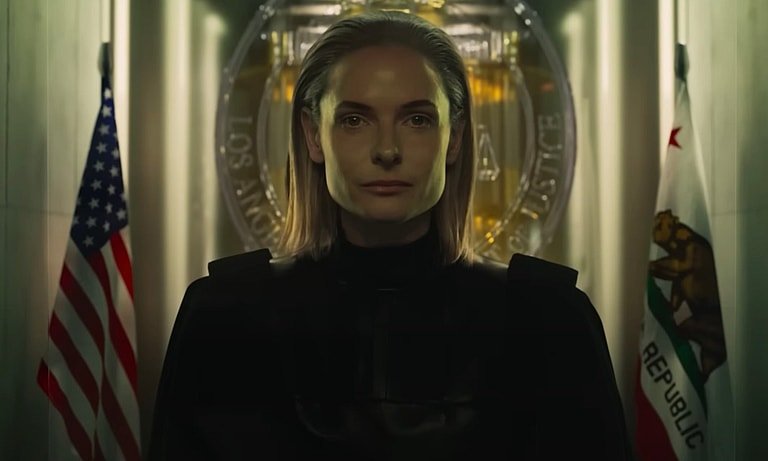Mindhunter
/It only takes a couple of seconds listening to the trailer for the upcoming Netflix series Mindhunter to know unequivocally that this is connected to David Fincher. The trailer lands somewhere between Se7en (1995) and Zodiac (2007), lifting his signature doom and gloom visual style from his infamous ventures into serial killer psychology and marrying it to his more recently developed musical aesthetic, largely characterized by his frequent collaborations with Trent Reznor. Indeed, it doesn’t take a musicologist to hear Reznor’s influence even in the trailer; its soundtrack is heavily processed darkness, mixing conventional and unconventional instrumentation with electronic sounds and clever layering and sparse spaces to elicit a sense of dread while simultaneously telling a story with a full spectrum of emotion through sound.
The audience need not wait long for unconventional instrumentation – the trailer opens with what sounds like a stuttering monotone synth, but is really the diegetic sounds of a sputtering black and white printer as it prints out a photograph of a dead woman. The first instance of dialogue is of an incarcerated man being interviewed by an FBI agent. The inmate explains: “It’s not easy butchering people. It’s hard work. Physically and mentally, I don’t think people realize, you need to vent.” A synth this time plays a long sustained chord, accompanied by noise. He continues, “You know, there’s a lot more like me,” prompting a single thin sounding violin to scratch out a short melodic figure beginning at 0:19. The FBI agent replies, “Do you think so?”
The scene changes and sets up the premise: the series takes place in the late 70s, centered around two FBI agents who are tasked with interviewing inmates to learn about the psyche of serial killers, which we know today as profiling. The lonely violin repeats at 0:34, this time carrying on, elaborating on the motif lazily, ascending and then descending. The timbre has become increasingly shrill and resonates with a dark ring, accentuating gruesome images of murder victims. At 1:07 the violin repeats again. The dialogue becomes increasingly grave, amping up the nervous energy with narration like “I’m trying to warn you, your attitude is going to bite you in the ass” and “So young to be ruining peoples lives.” At 1:33 deep stuttering synth subtly joins the fray, adding intensity as the screen cuts quickly between scenes and the action continues to ramp up. The music cuts abruptly when a barred prison door shuts at 1:38, echoing with the remnants of the ringing violin and cryptic turn-line narration, “You want truffles? You gotta get in the dirt with the pigs.” The trailer ends with a natural sounding solo violin playing a contrapuntal phrase that becomes engulfed in an intense reverb.
The use of vaguely classical music in creepy contexts is not novel. However, the relentless solo violin becomes analogous to the madness in the narrative, which the audience internalizes. David Fincher makes a case for a directorial style so embedded in the aural that it colours the cinematic experience.
– Andrew Sproule







